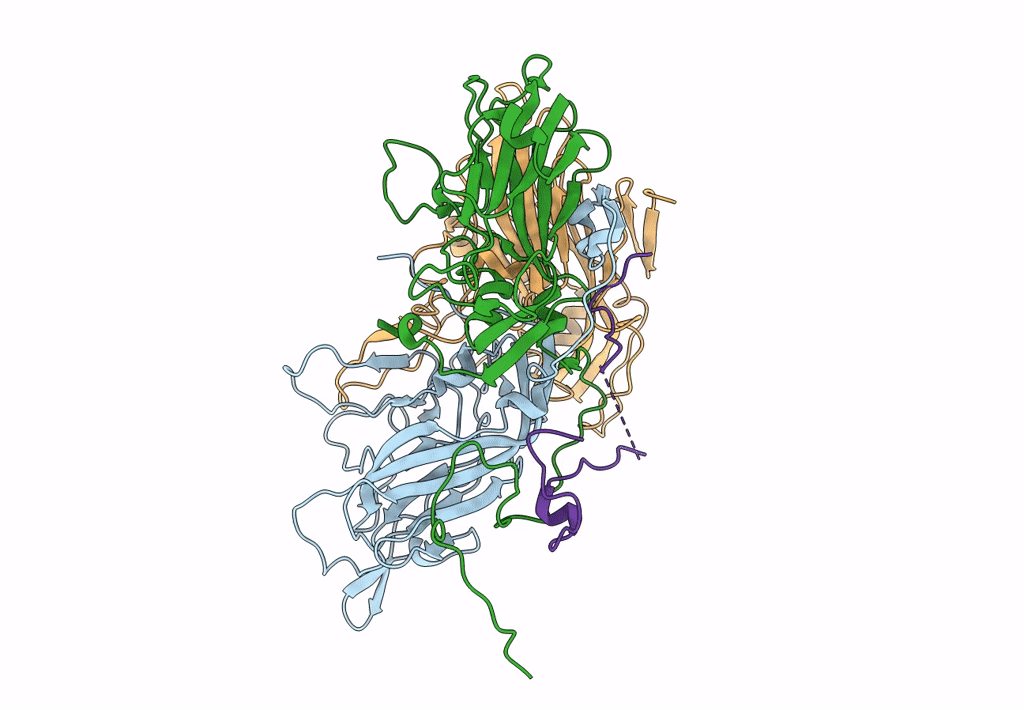
Deposition Date
2022-05-22
Release Date
2022-09-28
Last Version Date
2024-06-12
Method Details:
Experimental Method:
Resolution:
2.47 Å
Aggregation State:
PARTICLE
Reconstruction Method:
SINGLE PARTICLE


